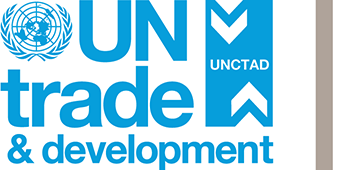Sovereign governments cannot assess their own creditworthiness because of conflict of interest. When sovereigns issue bonds they need a third-party assessment of their creditworthiness, encapsulated in a rating, to attract potential investors. Private credit rating agencies (CRAs) have filled this void as third parties who provide assessments on sovereigns’ ability and willingness to service debt commitments. Their assessments constitute financial information.


